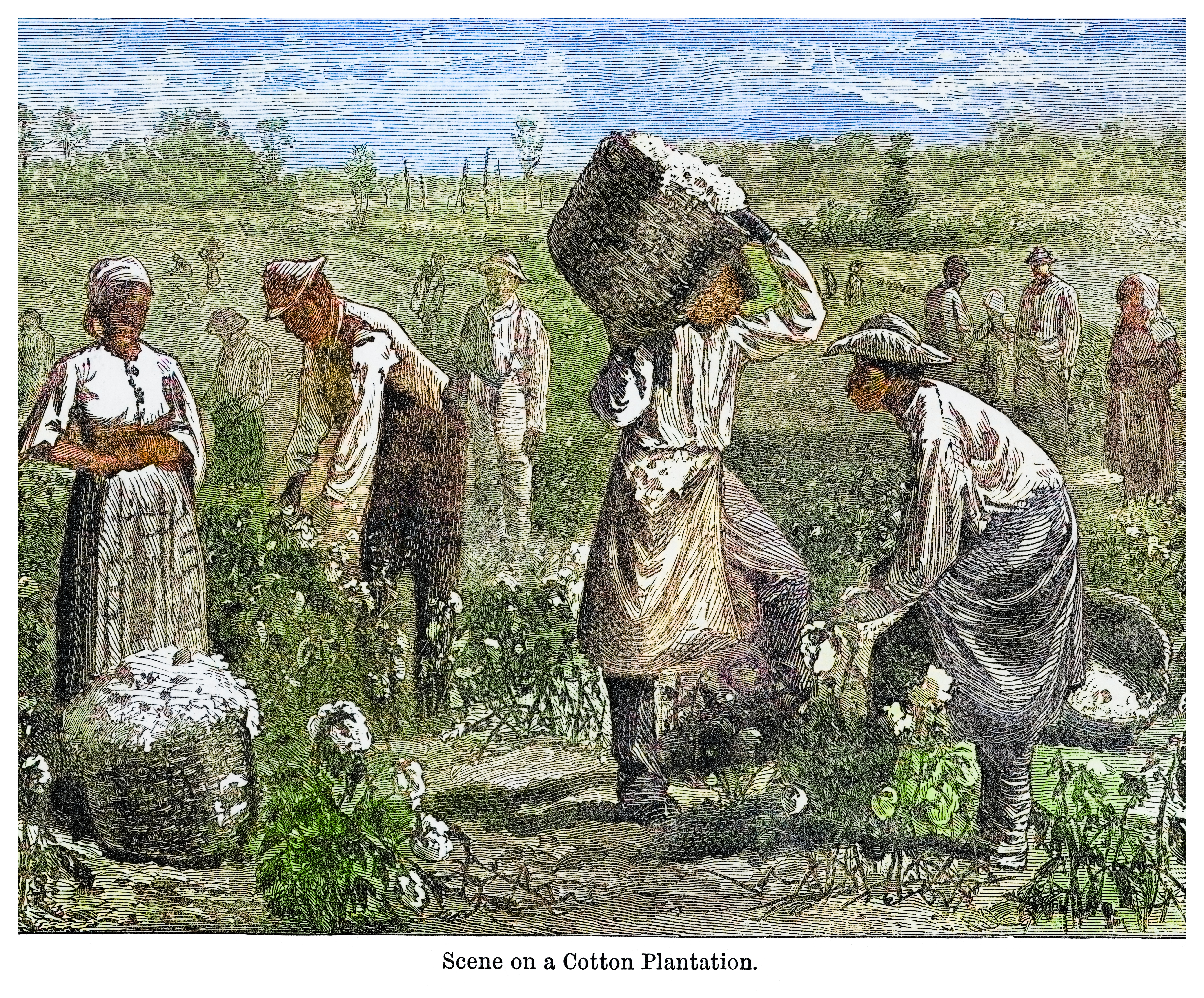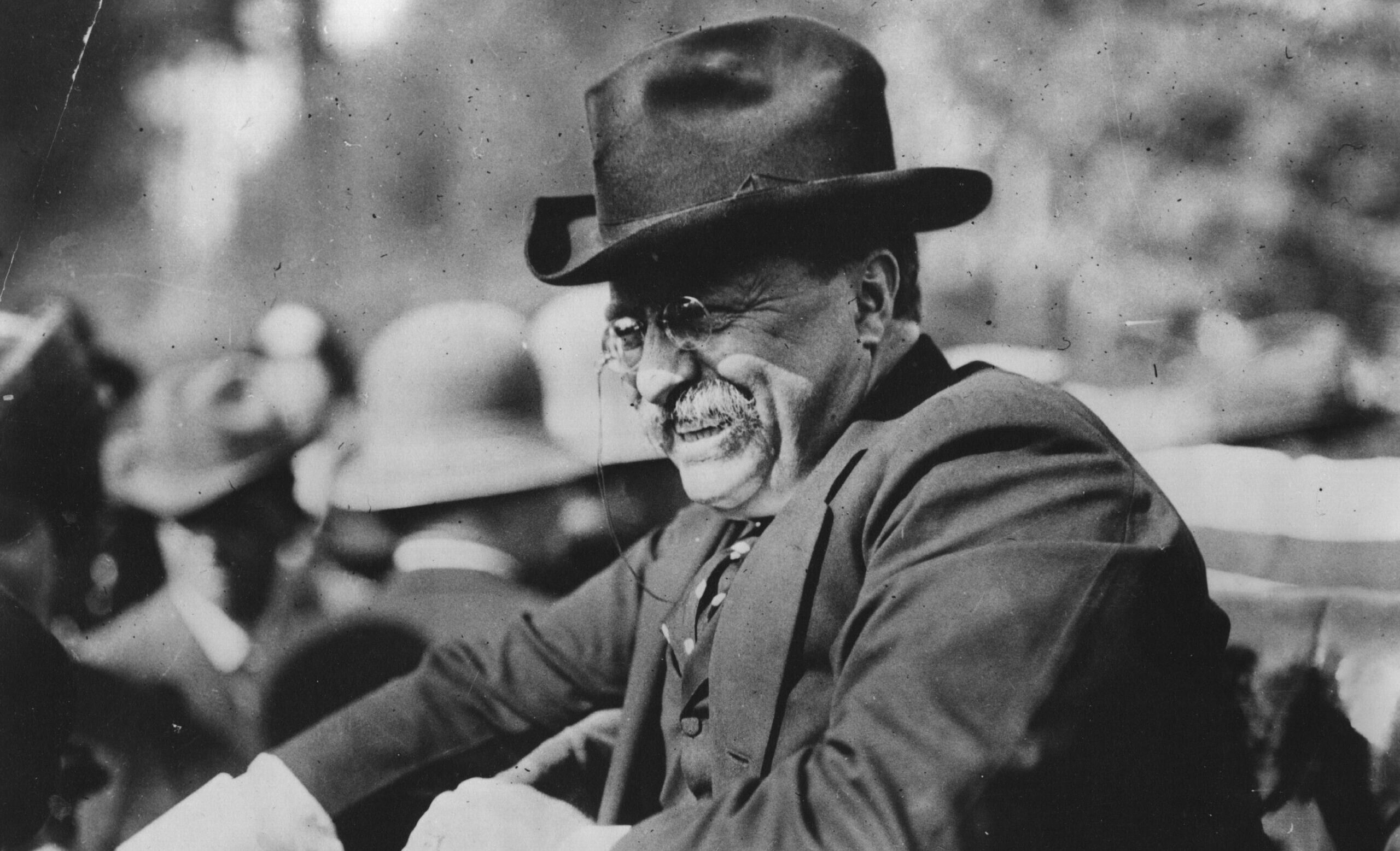Newest Born of Nations: European Nationalist Movements and the Making of the Confederacy
By Ann L. Tucker
(Charlottesville: University of Virginia Press, 2020)
Ann L. Tucker’s book explores the relationship between the Confederate states’ independence movement and various European independence movements of the mid-nineteenth century. Creation of a new Southern nation can fruitfully be considered within the context of several decades’ worth of nationalist efforts in Europe and the Western Hemisphere, she says, not least because that is the way that Confederates saw it. Southerners’ impressions of European developments shaped their responses to antebellum political conflict in the United States in various ways, she asserts, including by pushing them toward Southern nationalism. Over time, “southerners developed, expanded, manipulated, and utilized … international comparisons to shape their own nationhood.”
Southerners of the antebellum period shared with other Americans a tendency to espy American influence in European liberal/nationalist movements. The “Spirit of ’76” militated against the continued existence of multinational empires, such as the Austrians’ and the Russians’, so far as most Americans were concerned. The wave of European rebellions in 1848 had disappointed much of the American population that was cognizant of them. More conservative Southerners pointed to the extreme elements in that year’s revolutionary movements, such as the Red Republicans of France, in explanation of their failure and distaste of their nature. (Tucker repeatedly calls the Red Republicans “more liberal” than other movements, as if “liberal” meant “leftward,” and thus a repartition of private property was “more liberal.”)
The first of the antebellum European rebellions, that of the Greeks against the Ottoman Empire, won sympathy (though not, despite Henry Clay’s efforts, military assistance) from Americans in the 1820s and after. In an era when an educated man, certainly one with a higher education, knew Greek and the Hellenes’ history, the idea of a renaissance of the Greeks inspired much admiration. Soon enough, partitioned Poland, divided Italy, English-dominated Ireland, and other aspiring nations rose in behalf of independence as well.
We have known for generations that some Southerners, notably in South Carolina, dreamed of an independent Southern nation from the 1820s. What Tucker shows us is that their understanding of their situation—as a distinct section of the United States akin to, say, Hungary among the Habsburg lands—was affected by their own and others’ admiration of the revolutionary nationalisms of the Old Continent.
Some Southerners found explanations for the failure of many European uprisings in their “excess democracy and extremism.” The specters of earlier French revolutions colored Southerners’ responses to the Parisian events of 1848, for example: street mobs called up images of degenerating republicanism and, one infers, military dictatorship. Not abstract political theory alone but a people’s relative readiness for self-rule had to be taken into account in appraising a shift from monarchical to republican government. “In particular,” Tucker says, “white southerners, drawing on their conservative desire for hierarchy as well as their defense of slavery, were concerned with ideologies that sought a more egalitarian social order.” George W. Kendall in particular comes in for criticism on account of “his positive view of social order and limited liberty.” This summary description of a notable Texas journalist typifies Tucker’s approach in taking for granted that government without hierarchy is possible, that social order might be undesirable, and that unlimited liberty could be anything other than a disaster.
***
Southerners’ development of a perspective on those overseas events led them to think anew about their own prospective republic. Republicanism, that is, self-government via elected officials, lay at the heart of their support for attempts to throw off, say, the Bourbon king of Naples or the pope’s authority in the Papal States, and in envisioning an independent Southern republic, they believed they were moving along the current of international republicanism. At the same time, filibusters of the 1850s were supported by Southerners with the argument that their opposition was analogous to the despotic governments that had suppressed various European peoples’ impulses of self-government. Over time, this tendency blossomed into a general habit of characterizing any sectional political defeat in the 1850s as the subjection of the South to Northern despotism. What Tucker characterizes as a “conservative” alternative way of looking at European events developed in the 1850s as well: it held that, as one Virginia Whig put it, “wild political theories” such as communism and “red republicanism” were becoming increasingly popular in the North, which accounted for growing sectional division.
On the other hand, Southern unionists said sectional division would inflict harm on the South and turn the “majestic Republic” that had served as an example to emulate for woebegone overseas republicans into a victim of “anarchy, confusion, and ruin.” America stood as “the last hope of struggling Republicanism in Europe,” and it ought to remain so. Let not sectional division dim America’s shining example. A series of political and diplomatic events were analyzed in this manner all the way through the Civil War.
Of particular interest in Tucker’s tale is the way the images of foreign republican leaders affected and were manipulated by players in American political disputes. The Hungarian republican Lajos Kossuth, for example, came to America hoping to obtain support, private or governmental, for the cause of Magyar self-government. He hoped not to weigh in on the slavery issue, realizing that doing so might harm his appeal. Southerners, however, opposed the idea of government aid on the ground that it would be a precedent for wider federal interference in Southern states’ affairs, and they highlighted the advice against foreign interventions in George Washington’s Farewell Address in doing so. As Tucker puts it, “To white southerners, the self-government that was critical to republicanism inherently precluded one nation’s interference in the governance of another.” Thus, what Kossuth asked of America was “a violation of republicanism.” In the end, the noninterventionist tradition carried the day. Tucker goes much too far in asserting that this contretemps “enabled elite southerners … to begin conceiving of the North and South as distinct in their interpretation and enactment of … national values.” They had done that during the Missouri Crisis, the War of 1812, the Alien and Sedition Acts Crisis, the dispute over Hylton v. United States, and the Philadelphia Convention, as well as on other occasions.
For his part, Giuseppe Garibaldi, a hero of South American republicanism and the central figure in the creation of a unified Italy, seemed to Southern nationalists likely to sympathize with their efforts to establish self-rule south of the Potomac and Ohio Rivers. They invoked his name regularly for years, but in the end the great republican offered his assistance to the Union Army. At that point, Confederates, at first dismayed, discovered just how inadequate a republican they had thought Garibaldi to be all along. On the other hand, Irish independence agitator John Mitchel did sympathize with the Confederate cause. While Garibaldi at last came down against the South because of his identification of the Confederate cause with slavery, the Irishman endorsed the Confederacy qua slave-owners’ republic.
The third part of Tucker’s book, “Secession, 1860–1861,” details Confederates’ quarrels with unionists in their own states and difficulties in endeavoring to obtain foreign recognition of their nation’s independence. Tucker identifies both a liberal strain of Confederate thought that analogized the C.S.A.’s cause to those of Belgium, Hungary, Italy, etc., in the nineteenth century and a more conservative impulse among intellectual Confederates who held that due to the prominence of slavery in Southern politics and society, the South’s empire would be superior to the liberal nations that had grown up starting with the American Revolution. Southern unionists, meanwhile, insisted that Confederate states had erred in forsaking the United States, both because Southerners had been free U.S. citizens and because attempting to sever relations with Washington would undermine the power of the American example in international contests over republicanism versus various traditional types of monarchy and aristocracy.
While Tucker is right that Confederates really had no ground to stand on in arguing that the United States had deprived them of rights of citizenship or states’ rights, she overplays her hand in insisting that they had no quarrel with the United States. After all, the Philadelphia Convention delegates from South Carolina and Georgia had all signed on to John Rutledge’s warning that South Carolina would not agree to the U.S. Constitution if it lacked protection for slavery—protection that ultimately took the forms of the Fugitive Slave Clause, partial counting of slave population in allocating members of the House of Representatives among the states, and a guarantee that Congress could not stop slave imports until 1808. By the time of the 1860 presidential election, several Northern states were effectively nullifying the 1850 Fugitive Slave Law, and Southerners knew that Abraham Lincoln had said he expected the Republican Party’s policy of no slavery in the territories to lead to the abolition of slavery throughout the United States. By the time Virginia’s second secession convention met, President Lincoln had called for 75,000 volunteers to put down secession in the Deep South—a measure arguably for Congress, not the president, to take under Article I, Section 8 of the Constitution’s grant to Congress of power to raise armies. Much as in 1832–33 Virginia had disagreed with nullification while preparing to resist any attempt by President Andrew Jackson to use force against South Carolina, so at this point Virginia’s second secession convention opted to secede. What Tucker calls “imagined oppression” seemed anti-constitutional to some Virginians who had first opposed secession.
After secession, Confederates turned in earnest to the task of coaxing European countries into supporting them. Those efforts failed. In general, republicans in Europe as in the United States found a slave republic’s cause inconsistent with their own democratic commitments. As their failure to win foreign support became clear, conservative Confederates in particular became more vociferously insistent that their slave society was a finer version of republicanism than the United States’. Southern unionists, meanwhile, pointed to Confederate conscription—which came before the United States had ever resorted to a draft—and other C.S.A. policies as tyrannical.
Ann L. Tucker’s research database is remarkably extensive, including major and minor newspapers in addition to leading Southern periodicals and a multitude of speeches by Southern politicians and intellectuals, prominent and obscure. She puts all the important and some lesser-known secondary works to good use, too. Her research leads her to conclude that “almost all subsets of educated white southern men did indeed utilize an international perspective,” including members of both political parties and none, in “magazines, speeches (political and otherwise), and government documents including diplomatic instructions and congressional debates.”
In sum, Newest Born of Nations gives us a new window on the Confederacy’s genesis. Through it, readers can see why Confederate men of letters found their revolution’s international setting encouraging and why Queen Victoria spoke for enlightened Europeans generally when she assured the United States minister to the Court of St. James’s that the U.K. would never grant Richmond diplomatic recognition while she was queen. Since one way to understand the events of the Secession Winter of 1860–61 is as a gamble for European recognition, the reader is left wondering what might have been different had politically active Southerners had an accurate understanding of European opinion concerning the relationship between the Confederate nation-building project and those of Italy, Hungary, Poland, and others. Perhaps, realizing their foray into nation-building was doomed to fail, they would have decided not to try.
Kevin R.C. Gutzman is professor of history of Western Connecticut State University and the author of Thomas Jefferson—Revolutionary: A Radical’s Struggle to Remake America.














